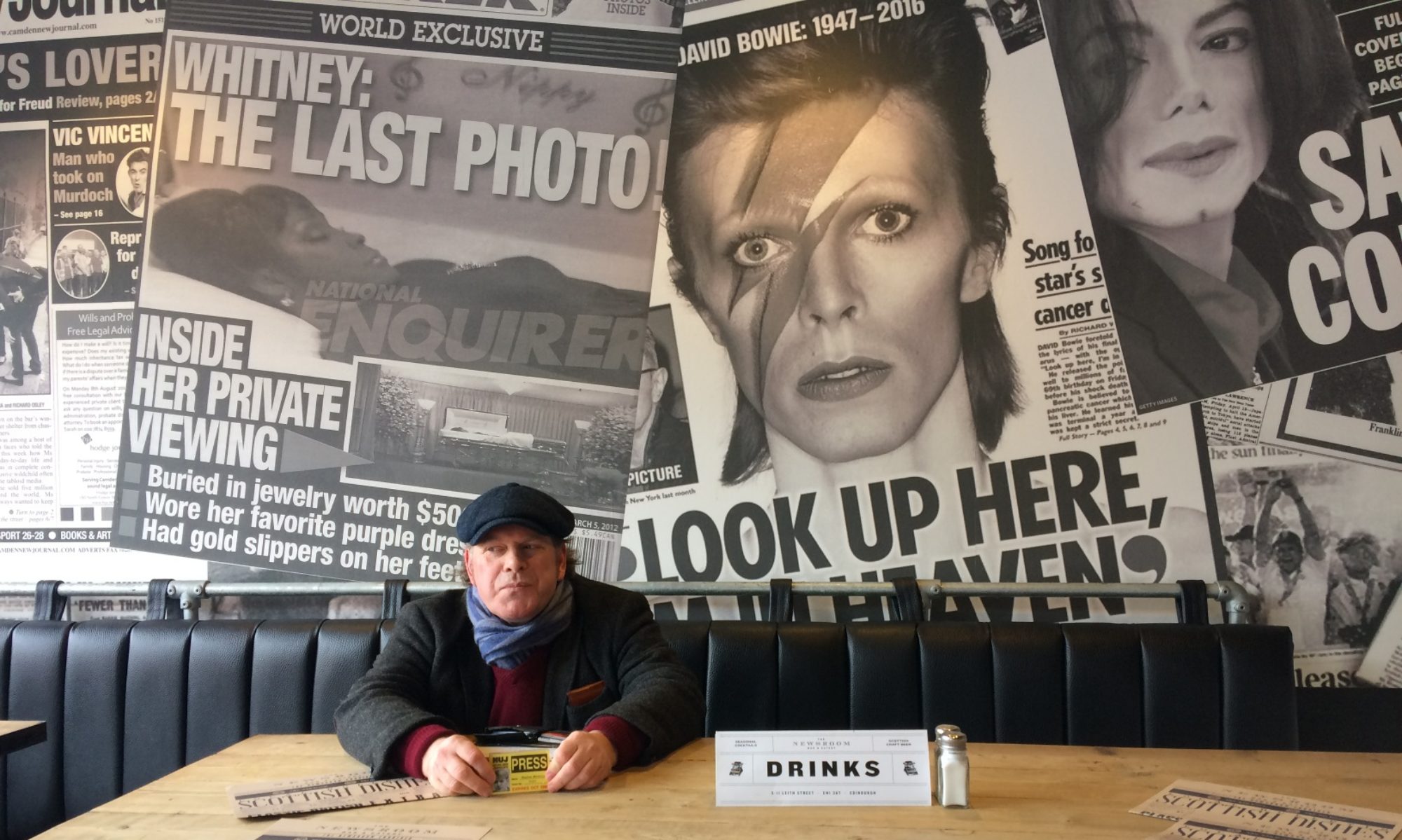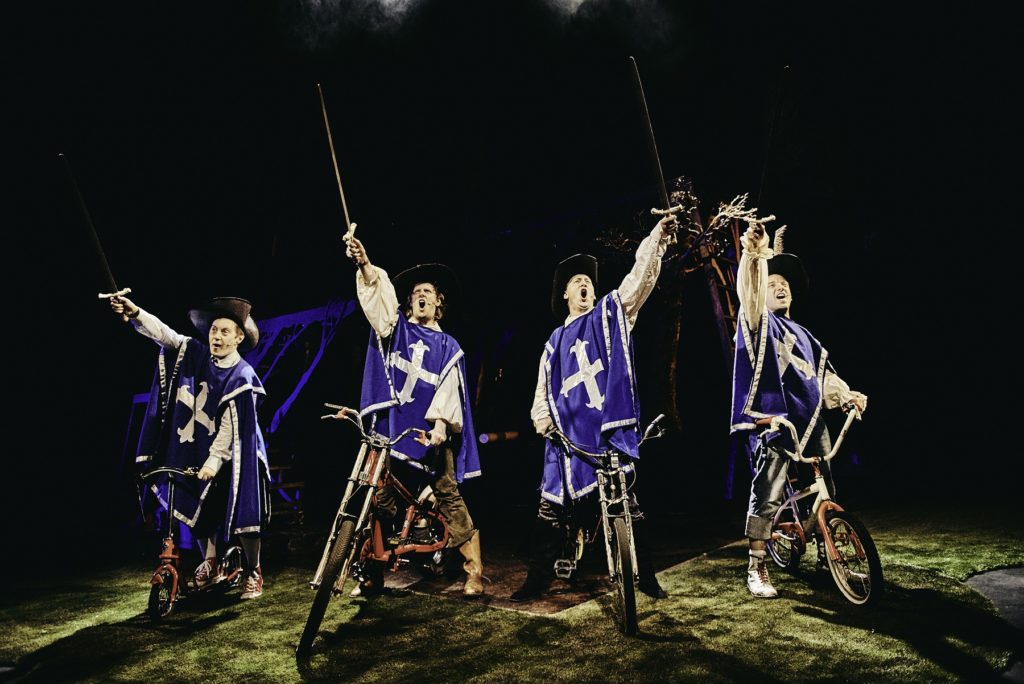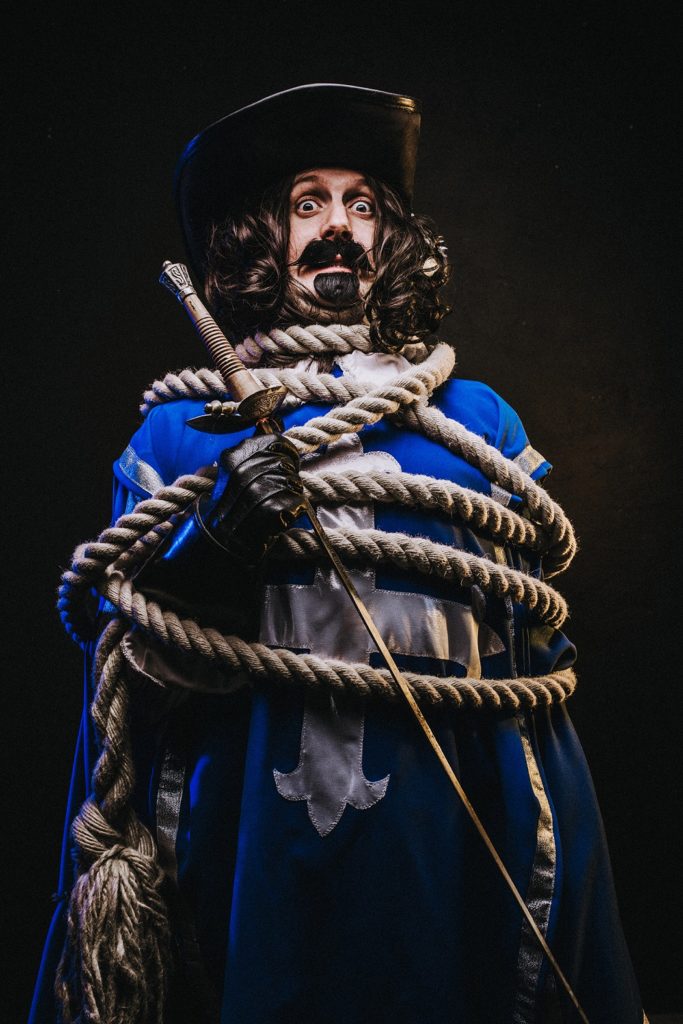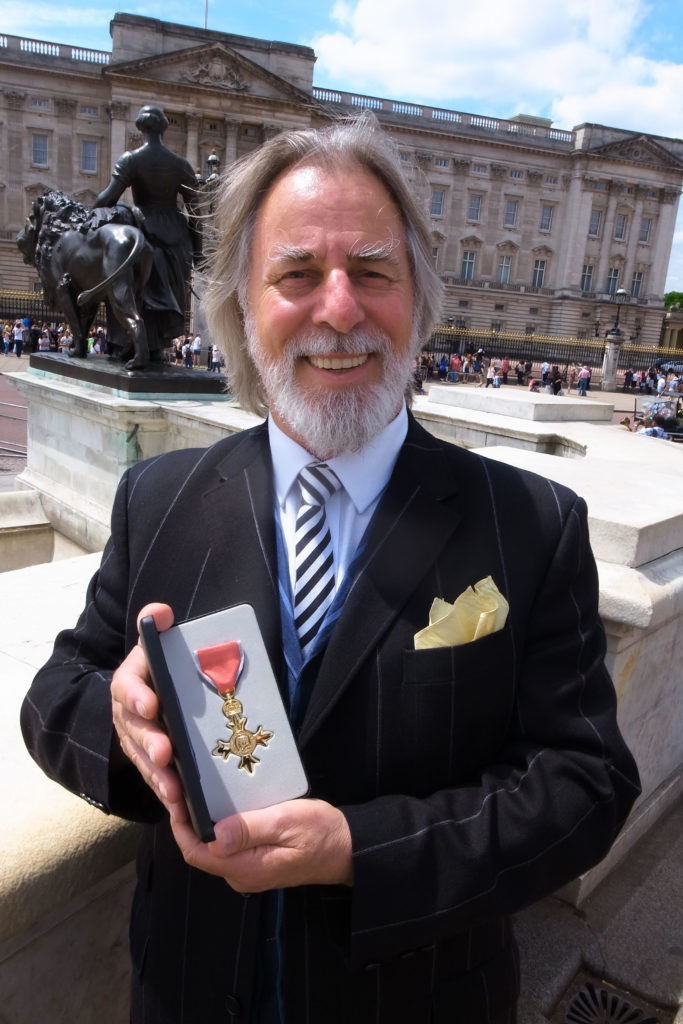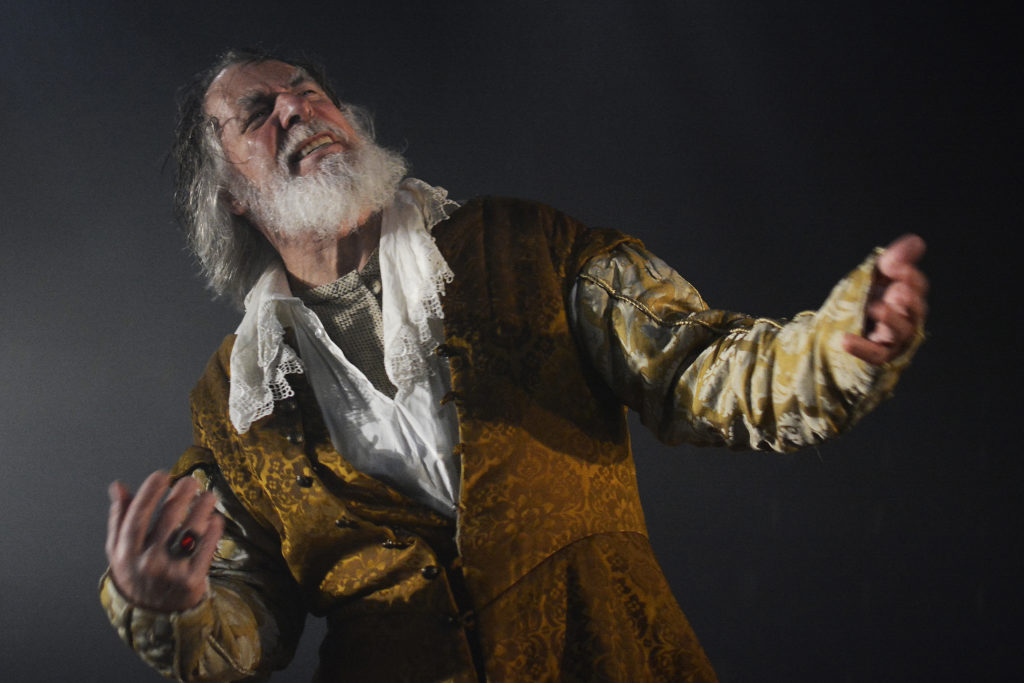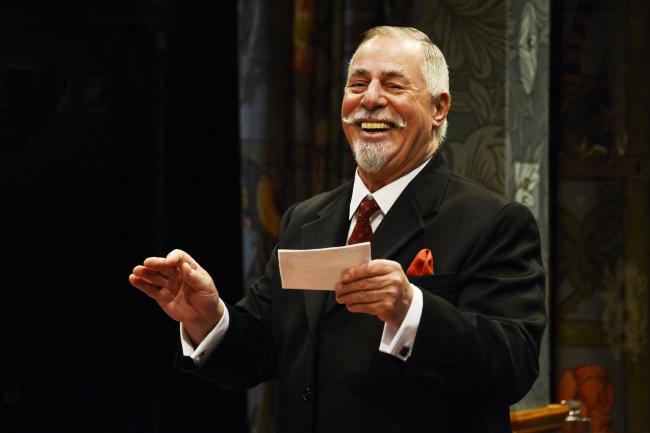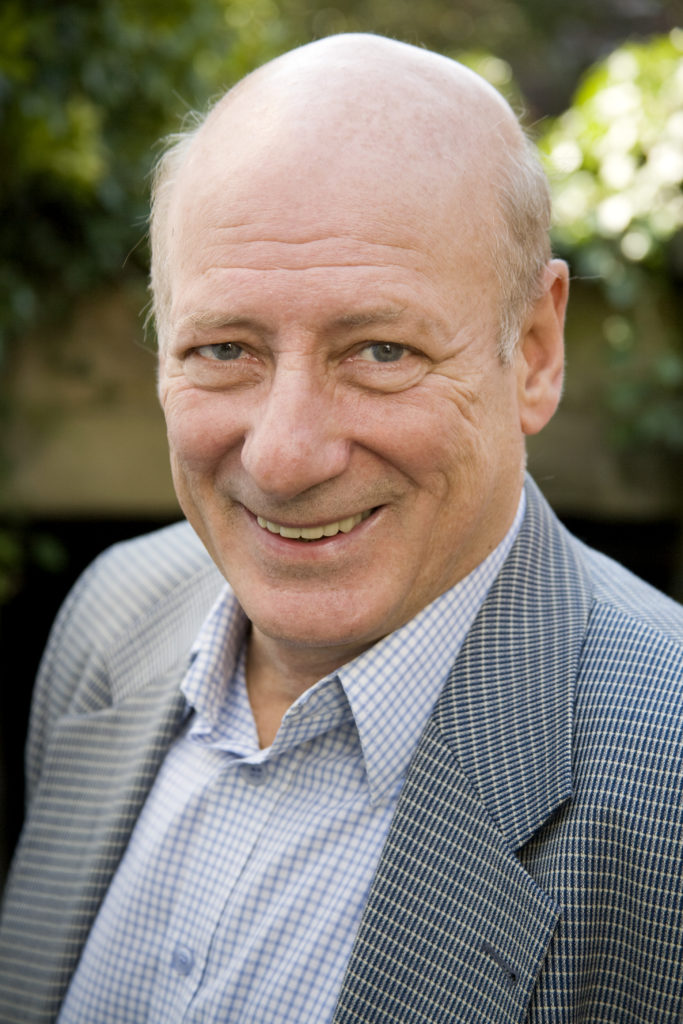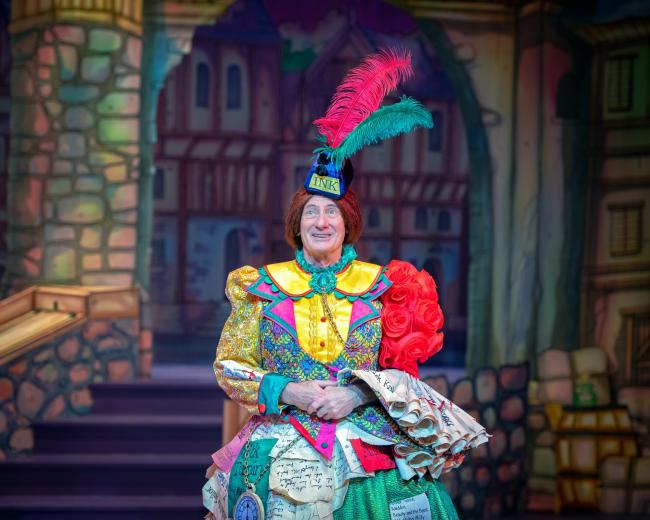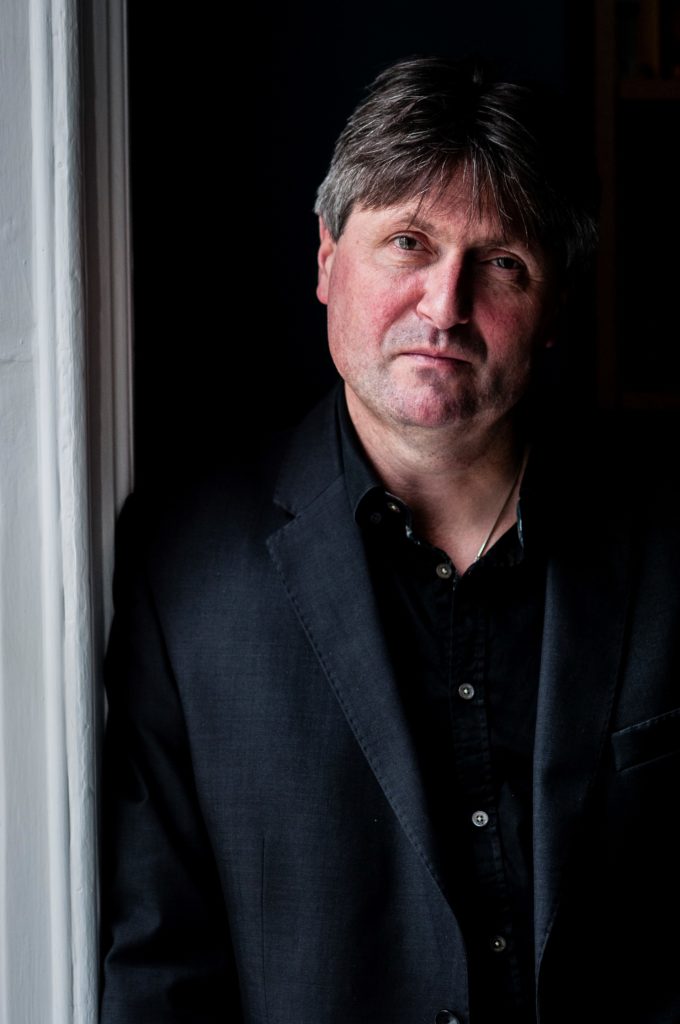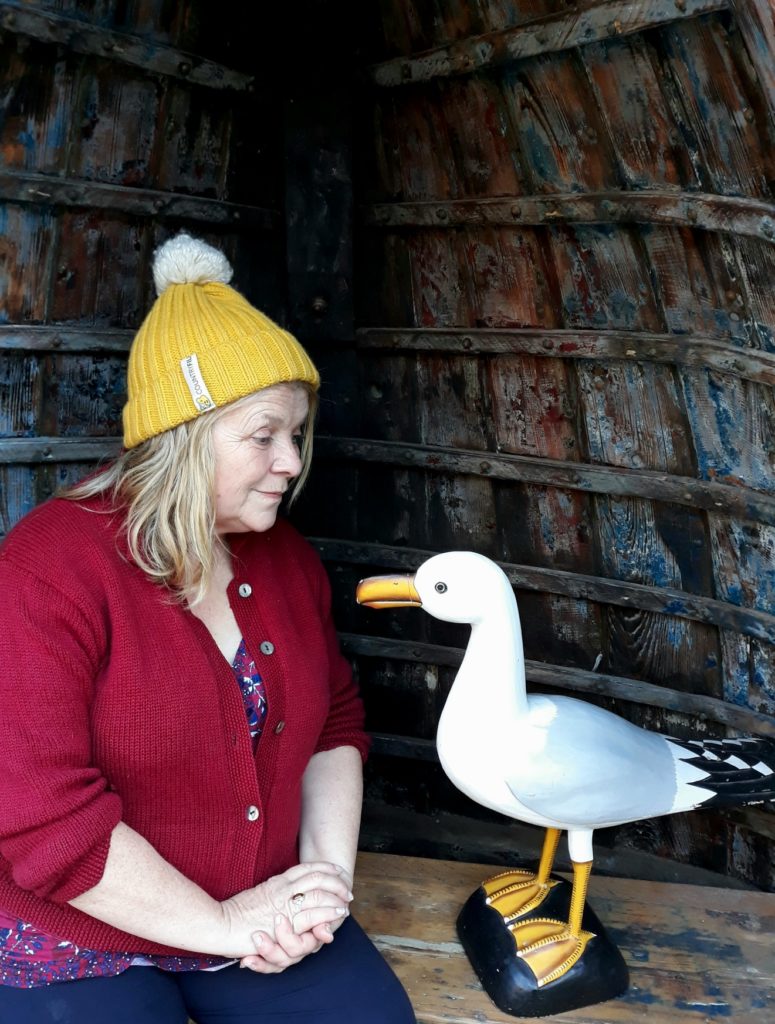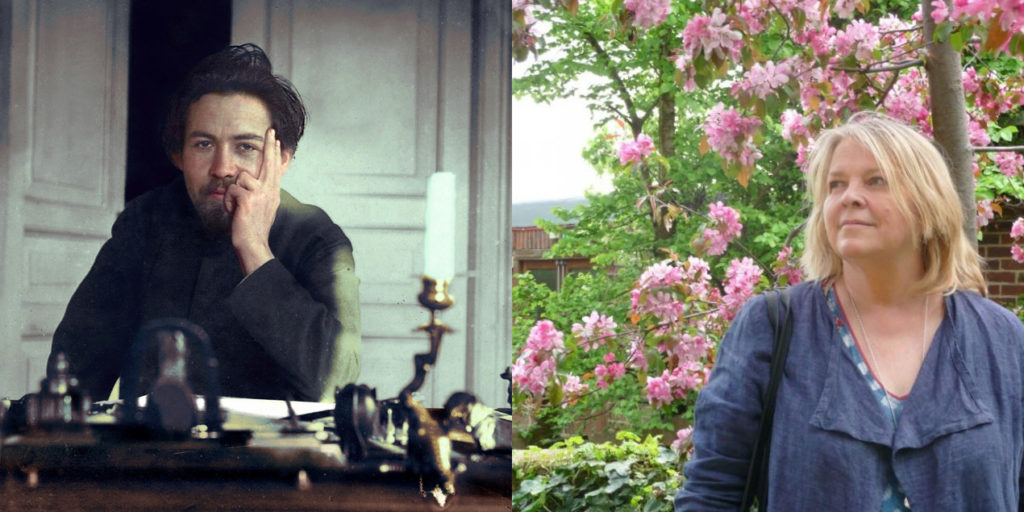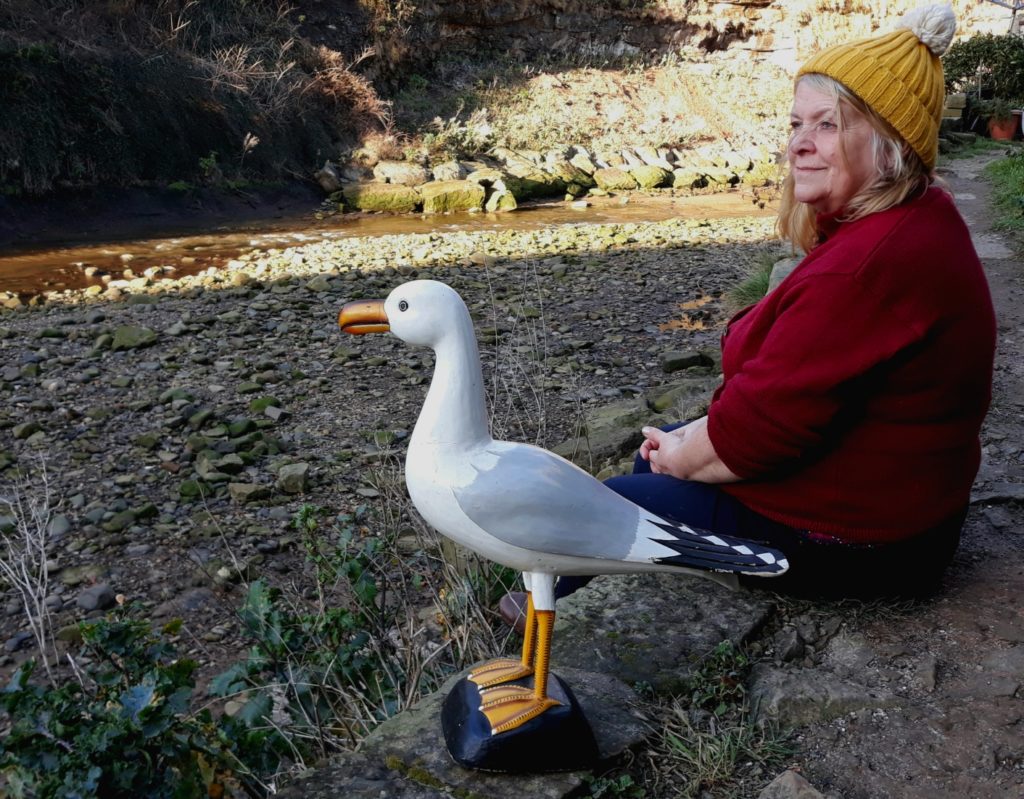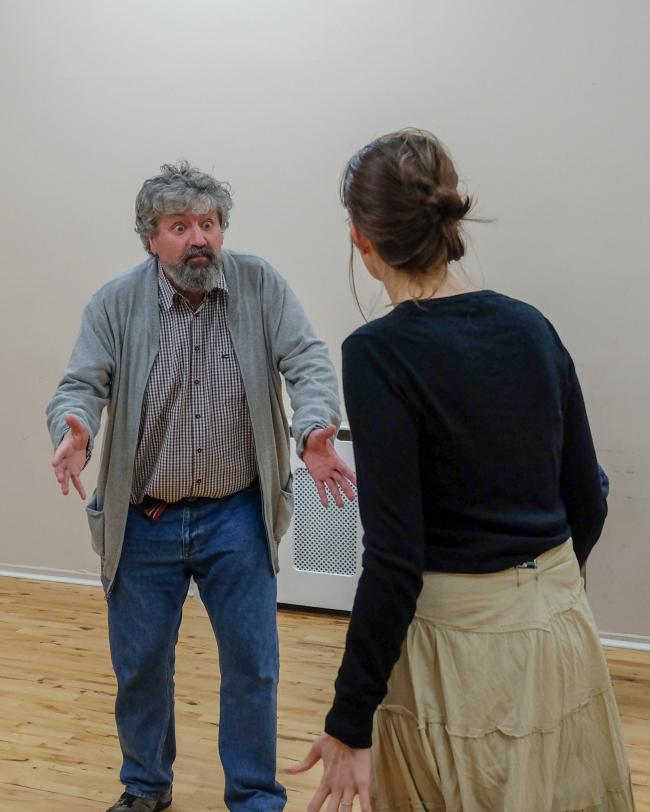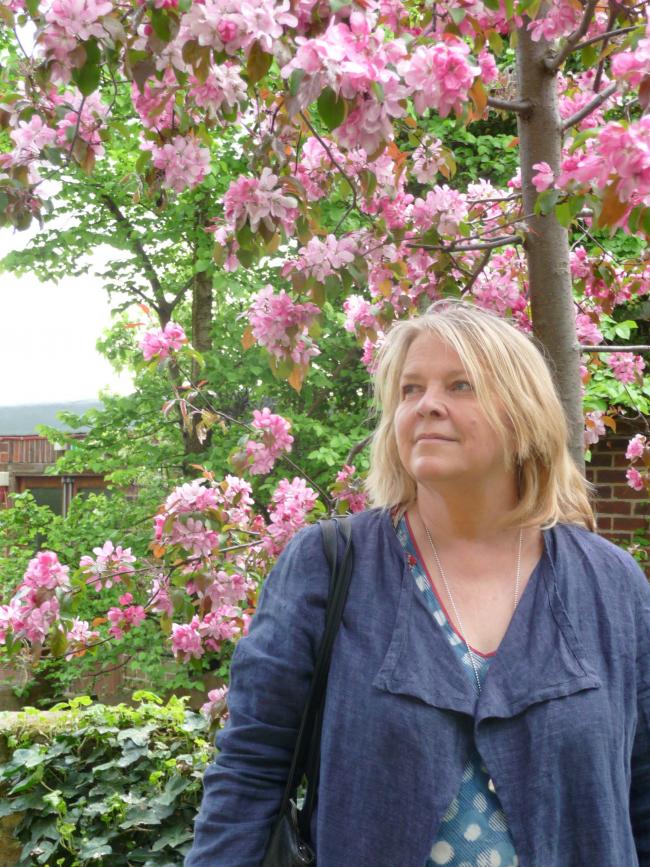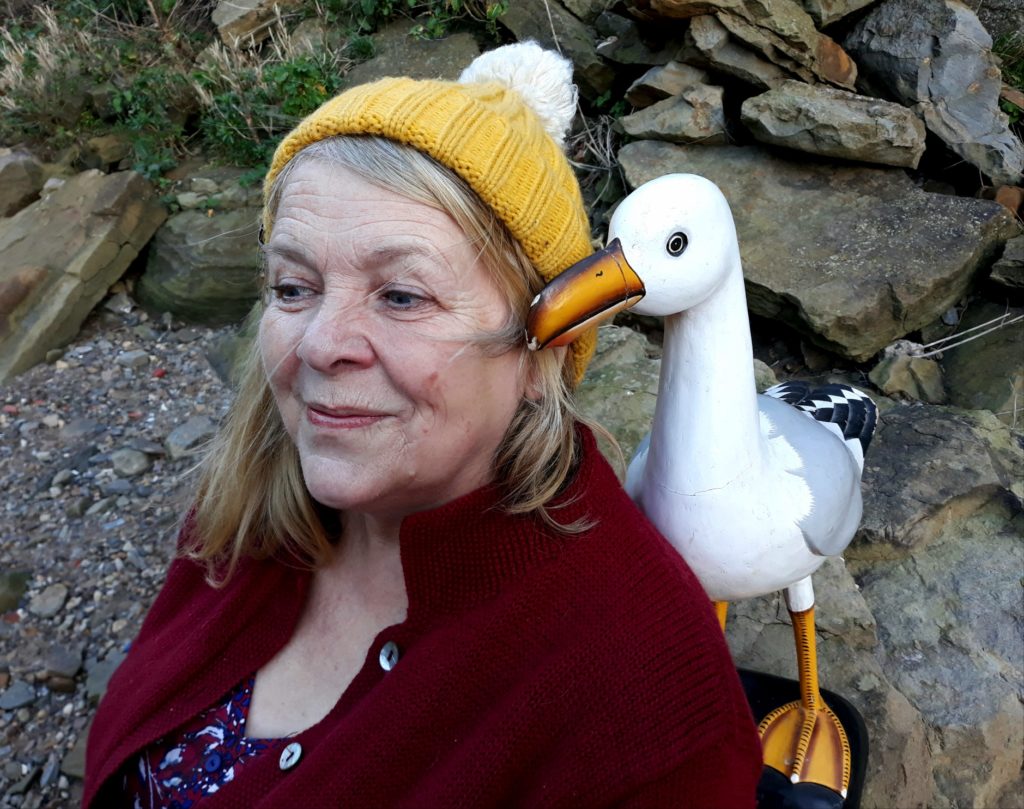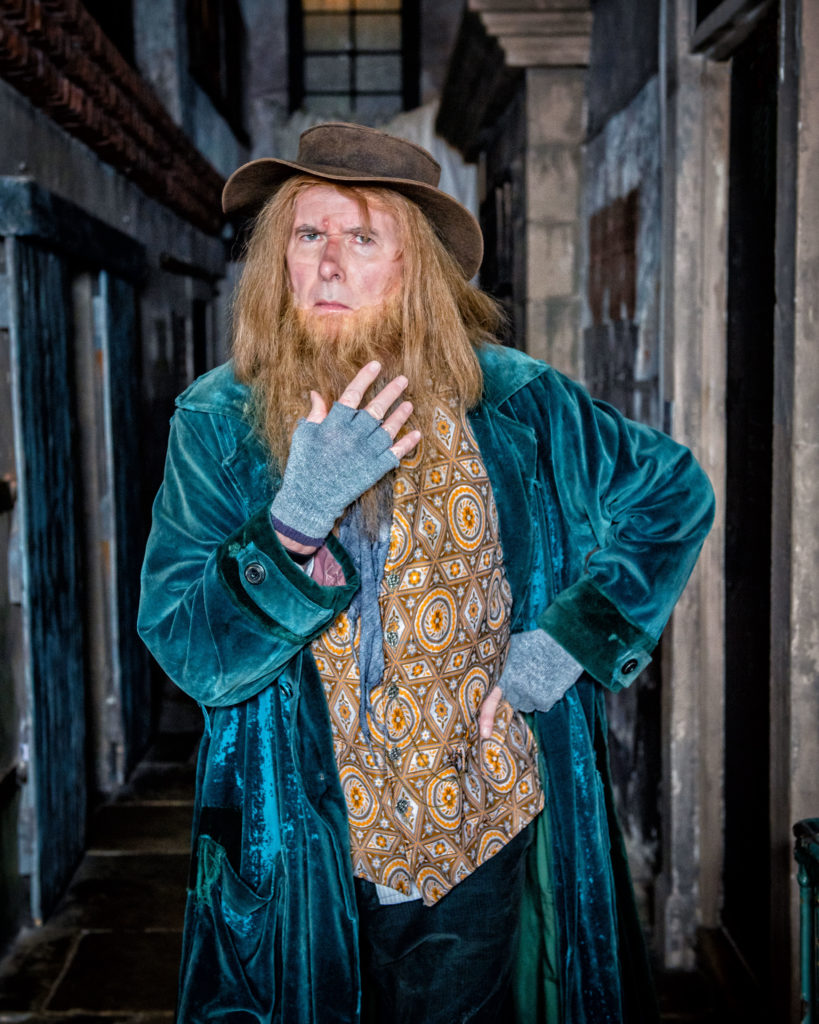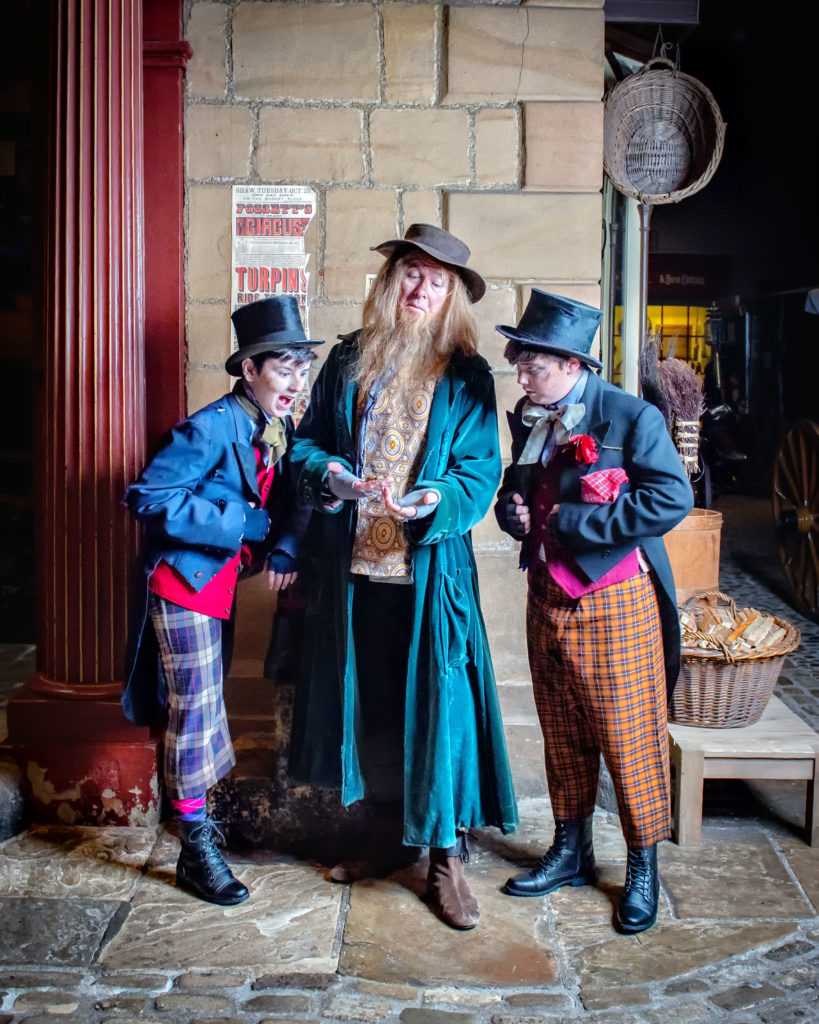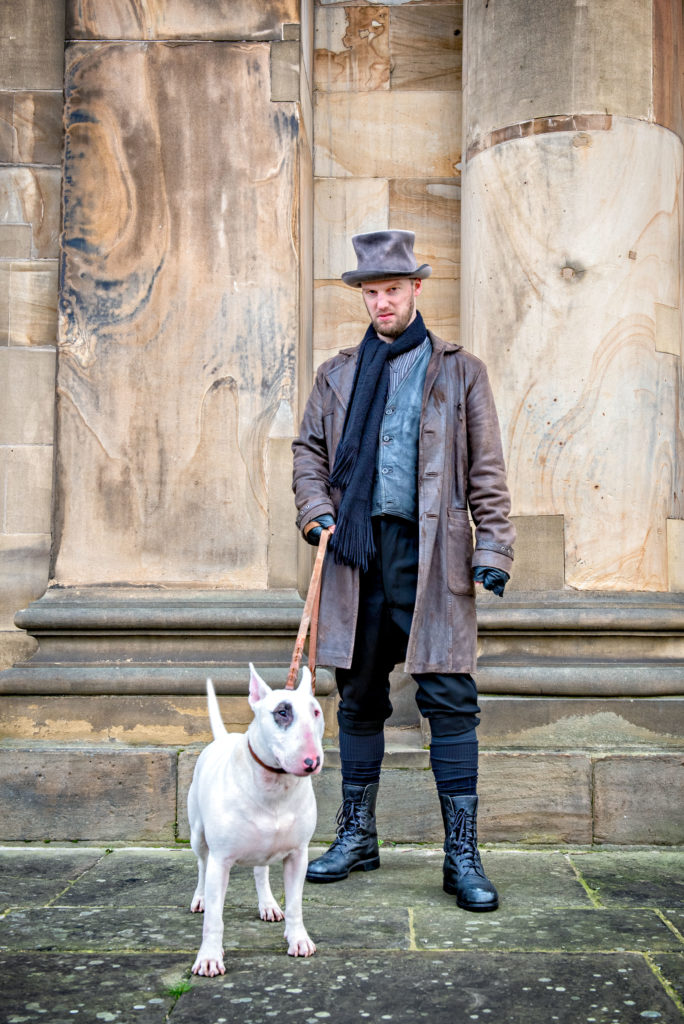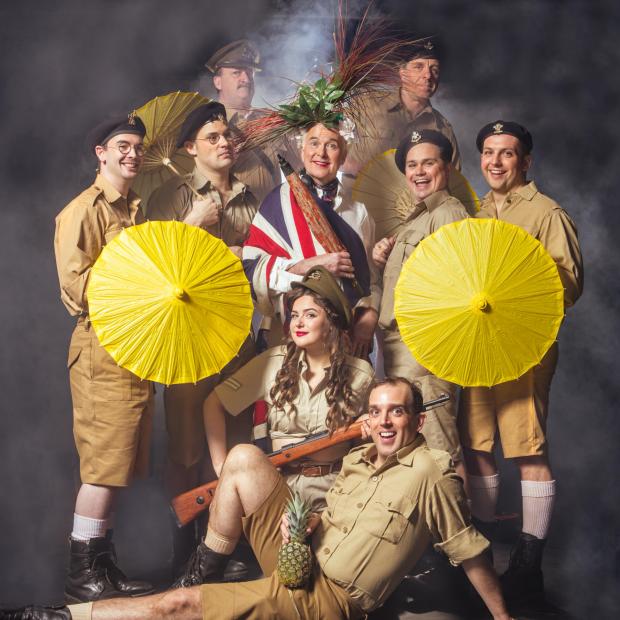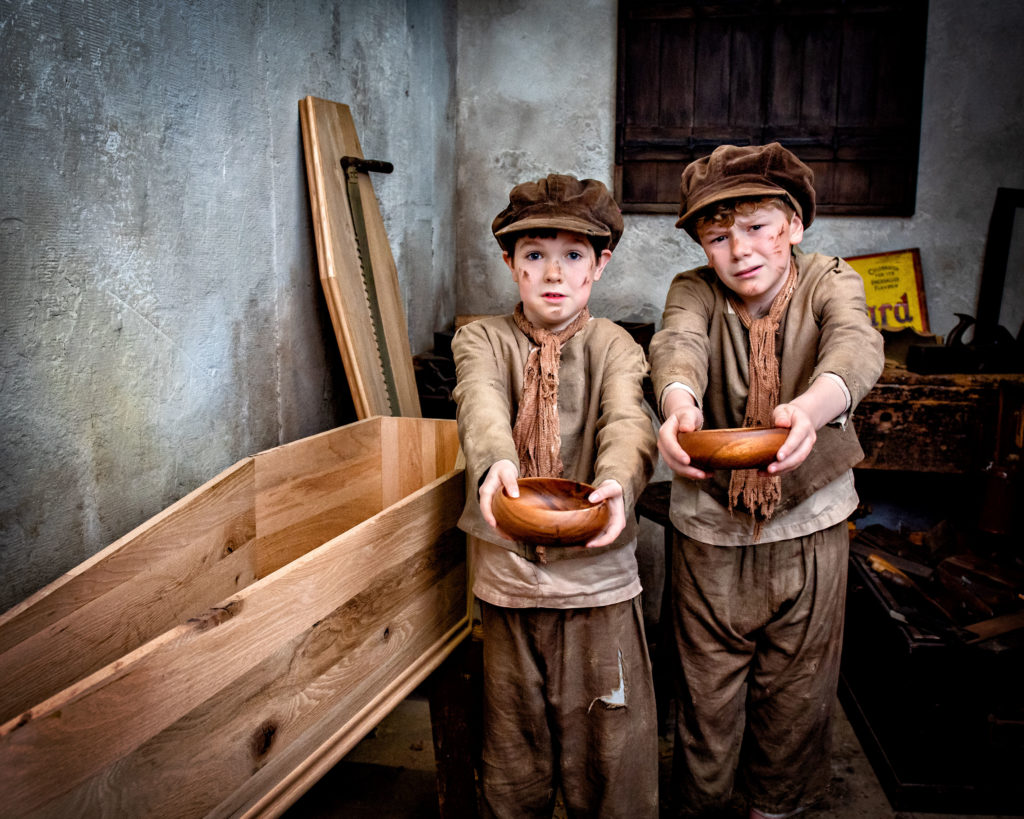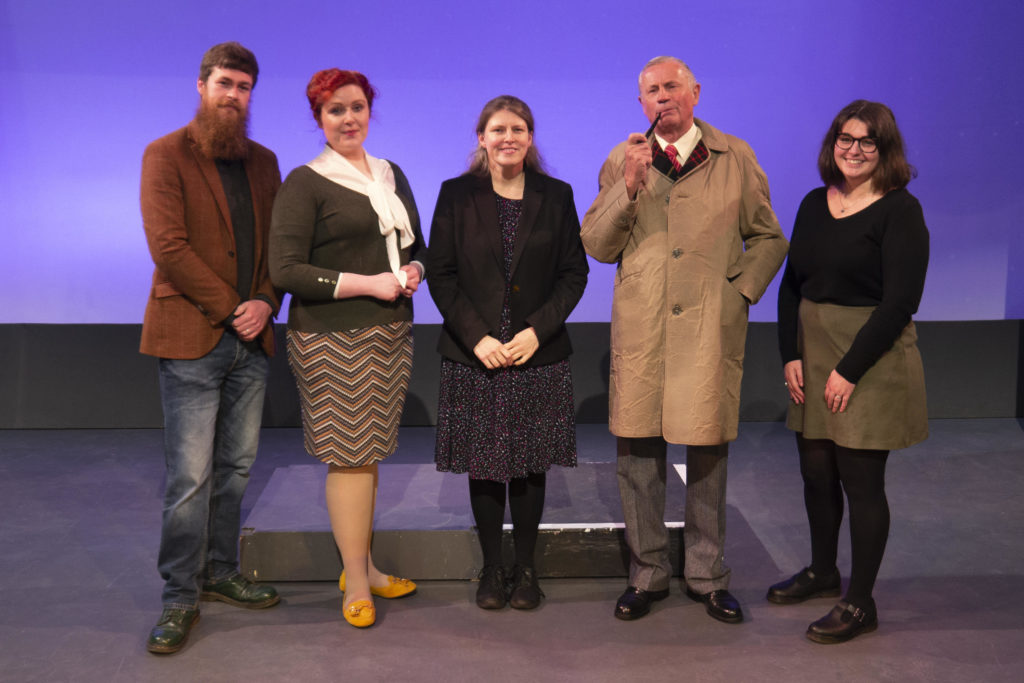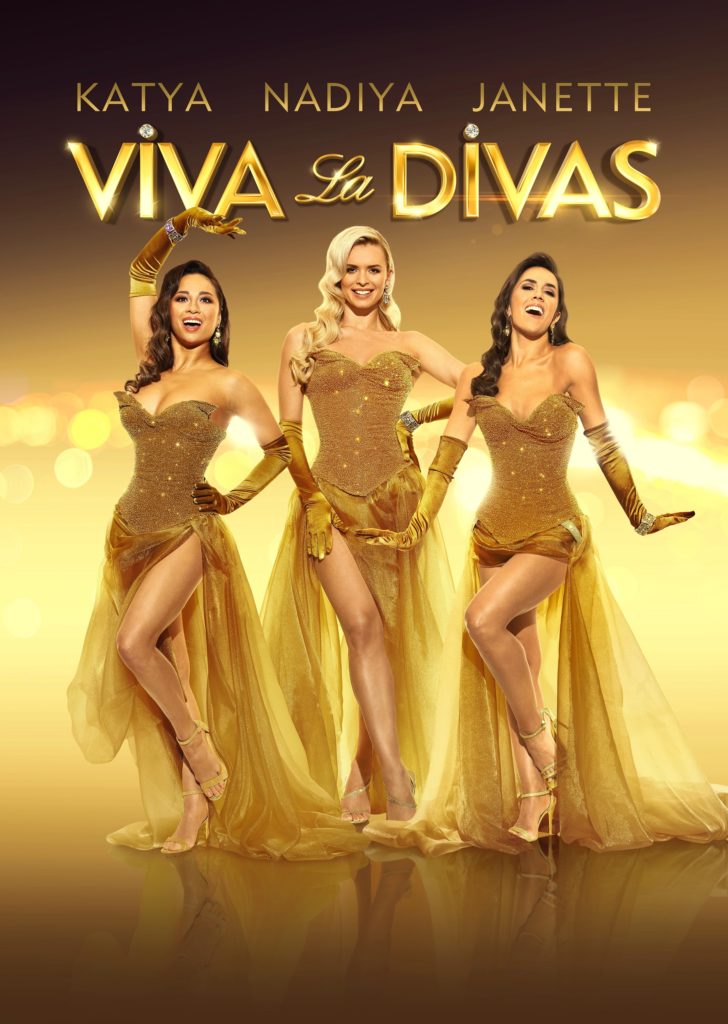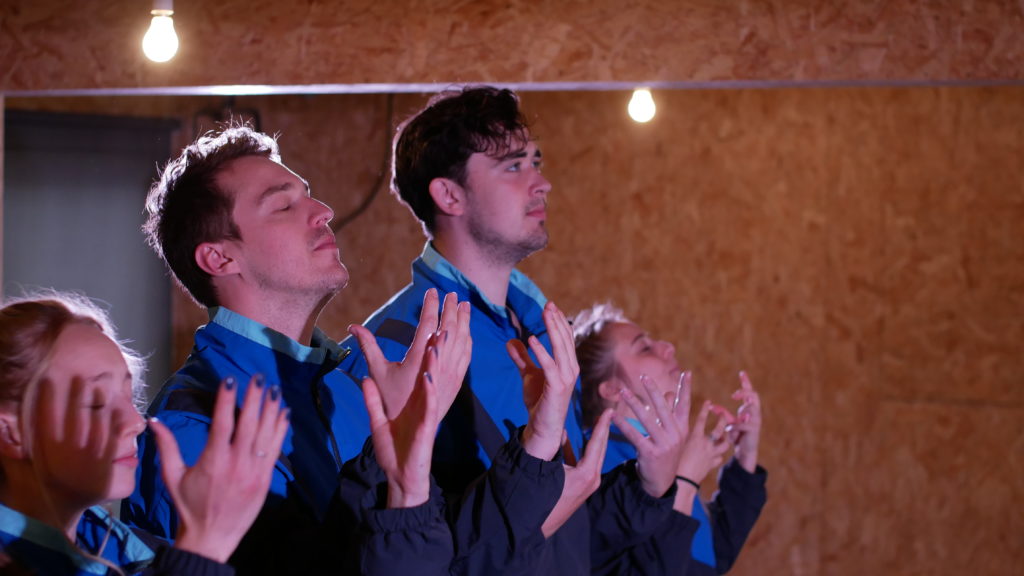
FOUR cups of Apple Sauce. Four canvas camp beds. One Comet. Heaven’s Gate is closing and the Away Team are ready for Graduation, but whatever you do, don’t say the C-word. Cult.
Premiered by the new York company Cosmic Collective Theatre at last summer’s Great Yorkshire Fringe in York, the 55-minute Heaven’s Gate opens its debut Yorkshire tour at Harrogate Theatre’s Studio Theatre tonight.
Written by company co-founder Joe Feeney, this intergalactic pitch-black comedy imagines the final hour of four fictionalised members of the real-life UFO-theistic group, Heaven’s Gate.
“As they prepare for their ‘Graduation’ to the ‘Kingdom of Heaven’, initially the excitement is palpable, but soon the cracks start to appear,” says Joe, an alumnus of York Theatre Royal Youth, along with fellow cast member Anna Soden.
“Is Heavenly Father really waiting for them in a spaceship? Is the Earth actually about to be recycled? Was castration obligatory or not? Is Turkey Potpie an underwhelming last supper?”
Cosmic Collective Theatre, who enjoyed a sold-out run at the Drayton Arms Theatre, London, after the York premiere, will follow up today and tomorrow’s 8pm Harrogate performances with shows at The Carriageworks, Leeds, on February 5 and 6 at 7.30pm; York Theatre Royal Studio, February 7, 7.45pm; Hull Truck Theatre Studio, February 14, 8pm, and Slung Low at Holbeck Theatre, Leeds, February 16, 5pm.
They will be playing York Theatre Royal as part of the Visionari Studio Discoveries festival, a week of shows put together by the theatre’s community programming group.
Performing there has particular resonance for Joe and Anna. “This is incredibly special for us,” says Joe. “I’ve been involved with York Theatre Royal for more than 20 years. I was a Youth Theatre member for ten-plus years and have worked as crew backstage on and off since 2010.
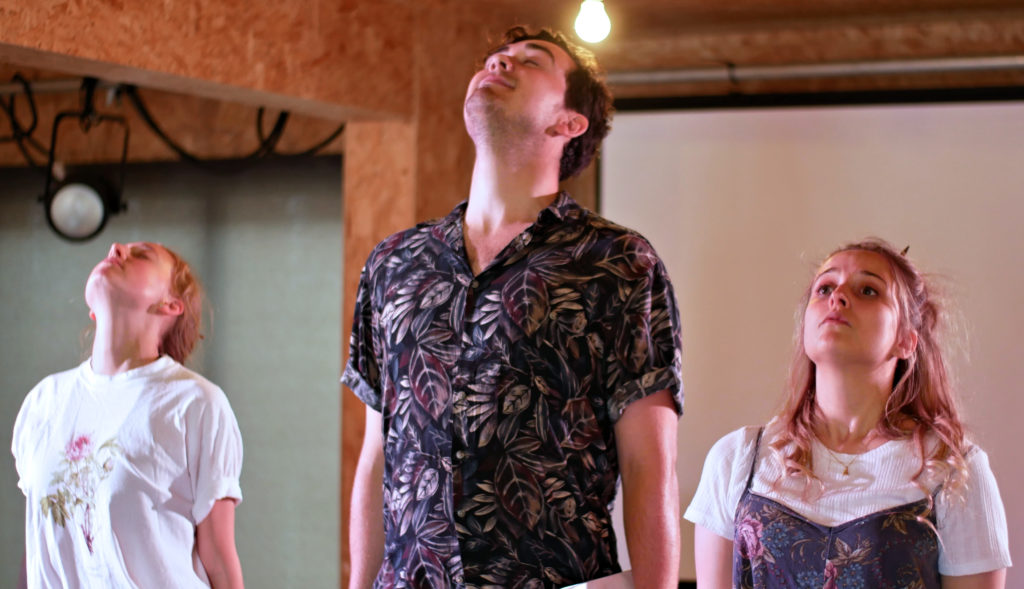
“As an actor, I’ve performed across the country and internationally, but nothing will compare to performing at home in our wonderful theatre. It’s honestly a dream come true.”
Anna agrees: “I wouldn’t be working in this industry if it wasn’t for York Theatre Royal Youth Theatre, which continues to be the greatest youth theatre in the country!” she says. “To return all these years later and perform here as a professional actor is beyond a pleasure and a privilege.”
Cast members Lewes Roberts and Kate Cresswell share this excitement. “We met Joe and Anna when we trained together at Mountview and have been visiting York ever since.
“We may not have been born here but we’re honorary citizens; it’s our home from home. Performing at York’s Great Yorkshire Fringe last summer was brilliant, and to be at the Theatre Royal this year is just next level.”
Cosmic Collective Theatre’s cast boasts impressive credits. Feeney has returned home from Belgium, where he played Captain Stanhope in MESH Theatre’s revival of Journey’s End.
Soden played Fairy Poppins in this winter’s Liverpool Everyman pantomime, Sleeping Beauty; Roberts can be seen in BBC One’s The Tuckers; Cresswell has been treading the London boards in Hansel And Gretel at the Royal Opera House, Covent Garden.
Harrogate tickets are on sale on 01423 502116 or at harrogatetheatre.co.uk; Carriageworks, 0113 376 0318 or carriageworkstheatre.co.uk; York, 01904 623568 or yorktheatreroyal.co.uk; Hull, 01482 323638 or hulltruck.co.uk; The Holbeck, slunglow.org/event/heavens-gate/.
Please note: Heaven’s Gate contains references to abuse and suicide and has mild swearing. Age recommendation: 15 plus.
